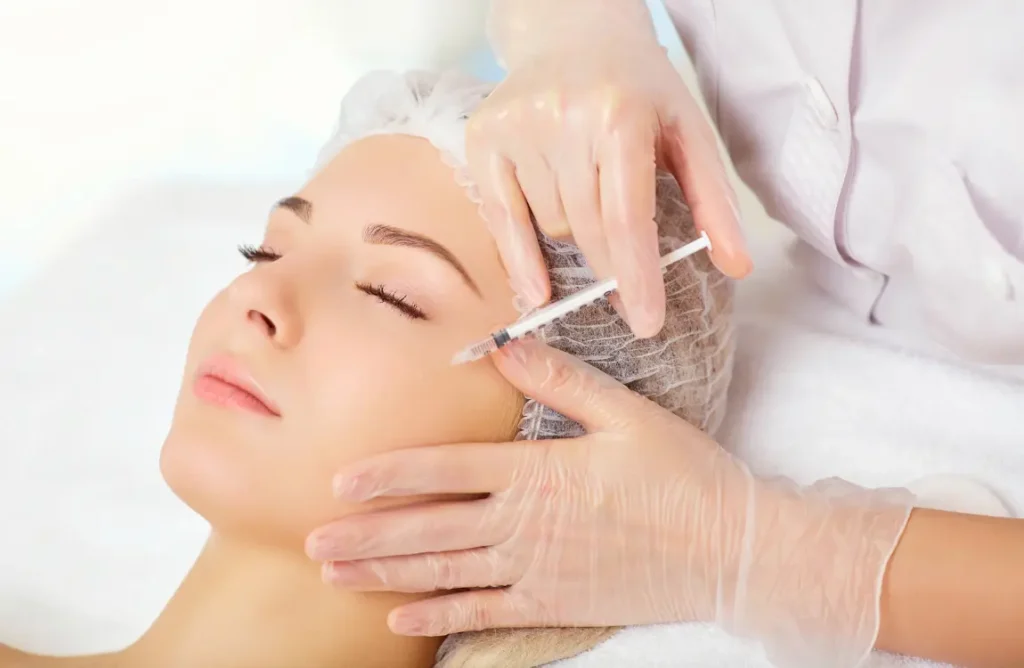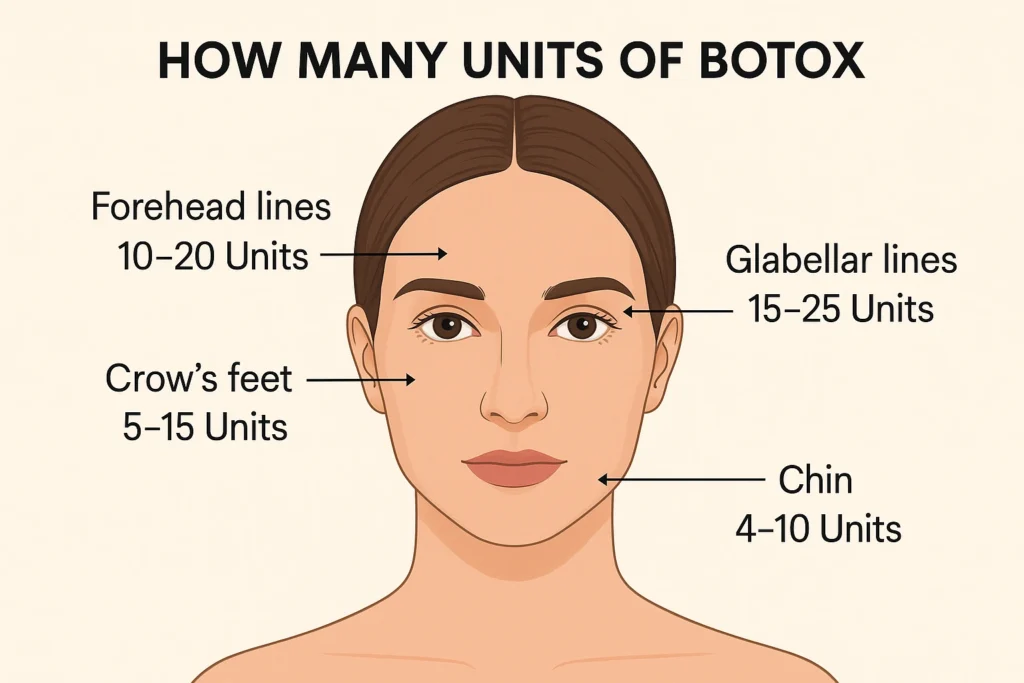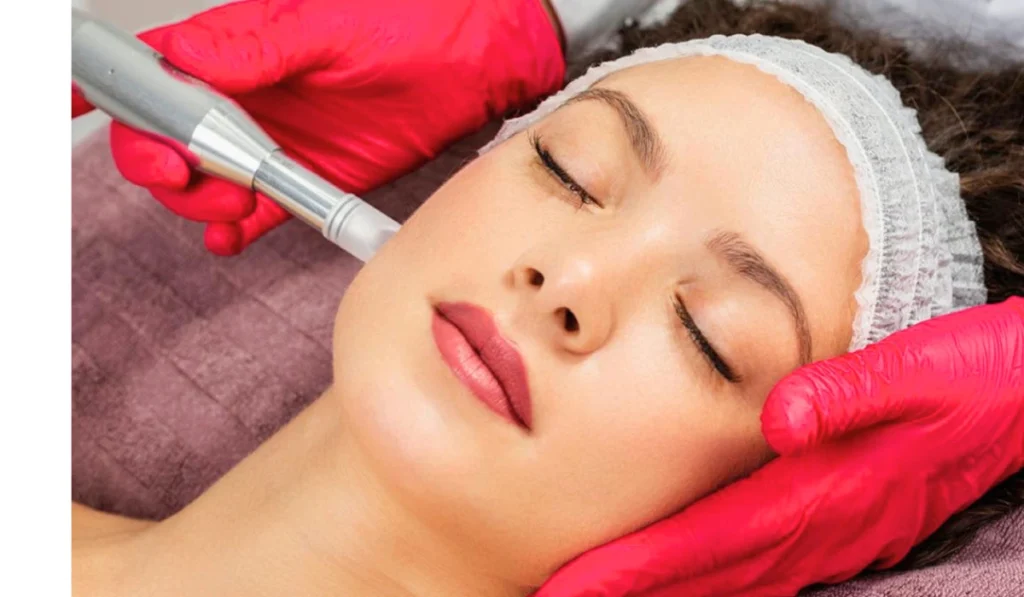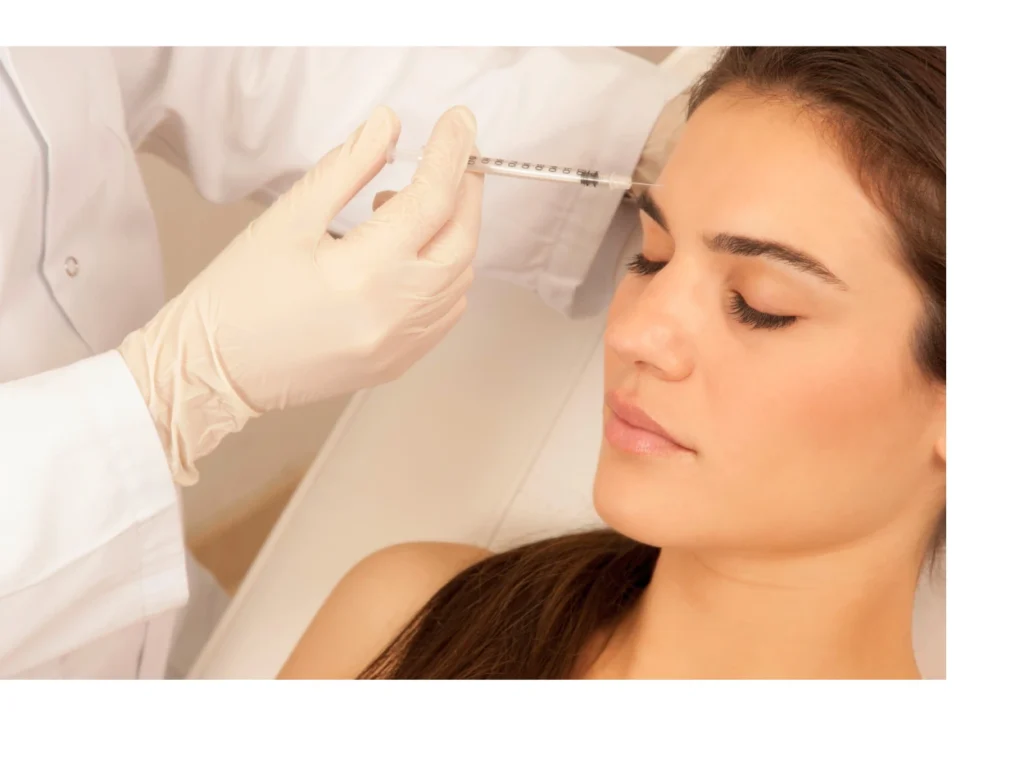Yes, you can exercise after Botox, but timing is crucial. Wait at least 24 hours before starting any workouts.
Botox is a popular cosmetic treatment that reduces wrinkles and fine lines. Many people who get Botox are active and want to know when they can return to their exercise routines. It’s important to follow some guidelines to ensure the best results from your Botox treatment.
Exercising too soon can spread the toxin to unintended areas, which may cause unwanted side effects. In this blog post, we will discuss why waiting is important and how you can safely return to your fitness routine after getting Botox. Keep reading to learn more about the dos and don’ts of exercising post-Botox.
Introduction To Botox And Exercise
Botox has gained immense popularity for its ability to reduce wrinkles and fine lines. Many people who undergo Botox treatments are also fitness enthusiasts. This raises an important question: Can you exercise after Botox? Understanding the basics of Botox and the impact of exercise can help you make informed decisions.
Botox Basics
Botox is a neurotoxin derived from the bacterium Clostridium botulinum. It works by blocking nerve signals to muscles, causing temporary muscle paralysis. This helps in reducing the appearance of facial wrinkles and lines. Botox treatments are quick and usually involve minimal discomfort. The effects typically last for three to six months, after which follow-up treatments may be needed.
Exercise Overview
Exercise is essential for maintaining good health and fitness. It includes activities like running, weightlifting, yoga, and more. Regular exercise boosts cardiovascular health, improves mood, and helps with weight management. However, intense physical activity right after Botox injections may affect the results.
It’s crucial to understand the interaction between Botox and exercise. Post-Botox care is important to ensure optimal results. Knowing what types of exercises are safe and which ones to avoid can make a significant difference.
| Type of Exercise | Recommended Timing Post-Botox |
|---|---|
| Light Walking | Within 24 hours |
| Yoga | After 24 hours |
| Running | After 48 hours |
| Weightlifting | After 48 hours |
Understanding the relationship between Botox and exercise can help you maintain your fitness routine while achieving the best results from your Botox treatment. Always consult with your healthcare provider for personalized advice.

Immediate Post- Botox Care
Exercising after Botox is not recommended for at least 24 hours. Physical activity might cause the Botox to spread, leading to unwanted effects. Rest and avoid strenuous activities to ensure the best results.
Botox is a popular cosmetic treatment. It helps reduce fine lines and wrinkles. After getting Botox, it is crucial to take care of the treated area. Proper care ensures optimal results and avoids complications. Here are some guidelines for the immediate post-Botox period.
First 24 Hours
In the first 24 hours after Botox, follow these steps for the best outcome:
- Avoid touching or rubbing the treated areas.
- Stay upright for at least four hours post-treatment.
- Apply a cold compress if you experience swelling.
- Refrain from intense physical activities.
What To Avoid
To ensure your Botox results are effective, avoid these activities:
- Exercise: Heavy workouts can cause Botox to spread to unintended areas.
- Heat Exposure: Steer clear of saunas, hot tubs, and sunbathing.
- Alcohol Consumption: Alcohol can increase the risk of bruising.
- Facial Treatments: Avoid facials, massages, and microdermabrasion.
| Activity | Reason to Avoid |
|---|---|
| Exercise | Prevents Botox from spreading |
| Heat Exposure | Reduces swelling and bruising |
| Alcohol | Minimizes bruising |
| Facial Treatments | Avoids interference with Botox |
By following these simple steps, you can ensure your Botox treatment is successful. Enjoy the refreshed and youthful look you desire.
“`
Expert Recommendations
After receiving Botox, many wonder if they can resume their exercise routine. While staying active is essential, it’s crucial to follow expert advice. Understanding professional recommendations ensures safety and optimal results post-Botox.
Dermatologists’ Advice
Dermatologists generally advise waiting 24 hours before exercising. This allows Botox to settle into the muscles properly. Sweating too soon can affect the results. High-intensity workouts might increase blood flow to the face, which could disperse the Botox. Always follow your dermatologist’s specific instructions.
Fitness Trainers’ Input
Fitness trainers suggest light activities if you must move within the first 24 hours. Gentle walks or simple stretching are usually safe. Avoid exercises that put pressure on your face. Trainers agree that resuming intense workouts too soon can impact your Botox results. Listen to your body and prioritize your recovery.
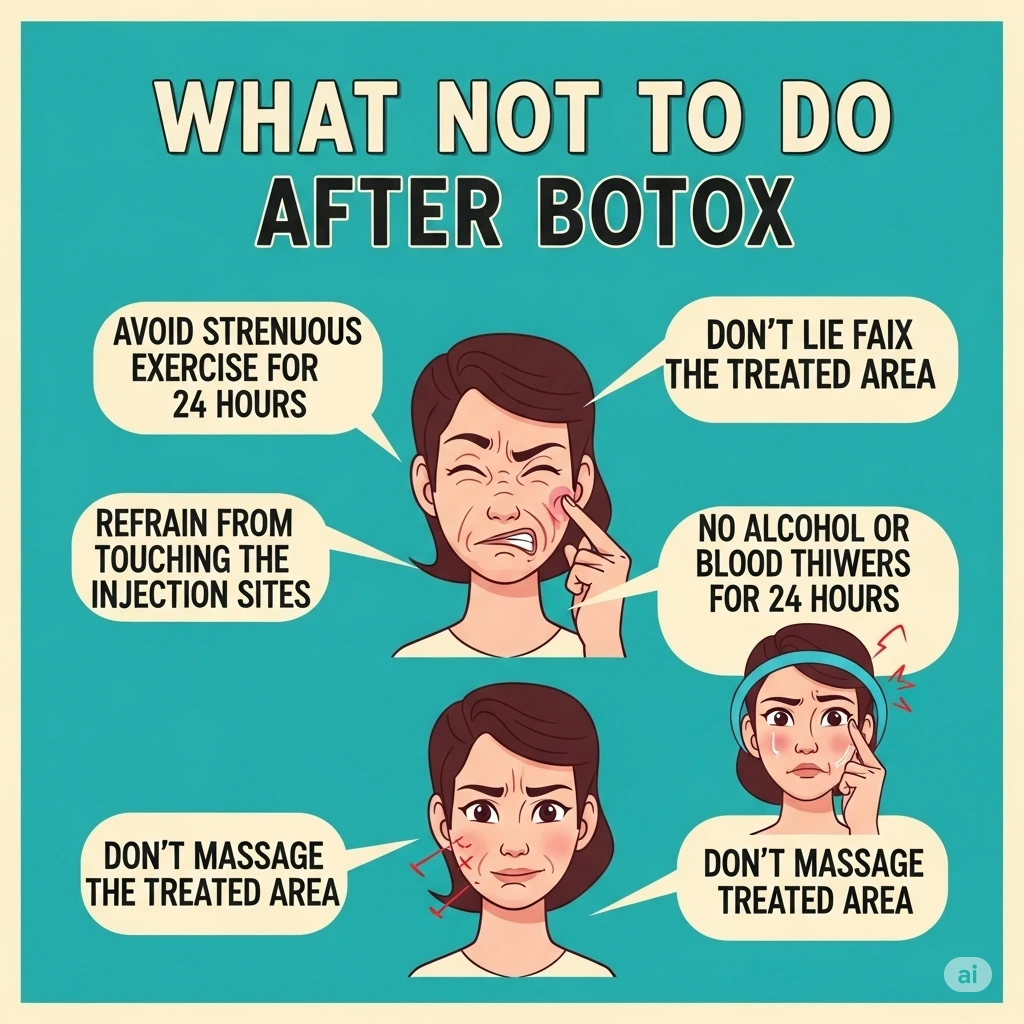
Safe Exercises Post-botox
Botox treatment can improve your appearance by reducing wrinkles. After the procedure, it’s important to choose safe exercises. This ensures you don’t affect the treatment’s results. You can still stay active and maintain your fitness routine. Let’s explore some safe exercise options post-Botox.
Low-impact Options
Low-impact exercises are gentle on your body. They minimize pressure on the treated areas. Here are some examples:
- Walking: A simple way to stay active without straining your muscles.
- Swimming: Gentle on your body and helps to keep you fit.
- Cycling: A great cardio workout without intense impact.
These exercises help you stay active and support your recovery.
Gentle Movements
Gentle movements ensure you don’t stress your facial muscles. These exercises can be done safely:
- Yoga: Focus on slow, controlled movements. Avoid inversions and intense stretches.
- Stretching: Helps maintain flexibility. Focus on gentle stretches.
- Light Resistance Training: Use light weights or resistance bands. Avoid heavy lifting.
These activities help you maintain muscle tone without risking Botox effects.
Remember to listen to your body. If you feel discomfort, stop the exercise and rest. Always consult your doctor before starting any new exercise routine post-Botox.
Potential Risks And Complications
After receiving Botox, many people wonder if they can exercise. Exercising too soon may lead to certain risks and complications. Understanding these risks helps ensure a safe recovery.
Bruising And Swelling
Bruising and swelling are common after Botox. Exercise can increase blood flow, which may make bruising worse. Swelling can also be more noticeable if you exercise too soon.
To reduce these risks, avoid physical activity for at least 24 hours after the procedure. This gives your body time to heal and reduces the chance of complications.
Risk Of Migration
Another potential risk is the migration of Botox. This happens when the substance moves from the injection site. Exercise can cause this by increasing movement and blood flow.
Botox migration can lead to unwanted effects like drooping eyelids or uneven facial expressions. To prevent this, it’s best to avoid strenuous activities for at least 24 to 48 hours after your treatment.
| Activity | Recommended Waiting Time |
|---|---|
| Light Walking | 24 hours |
| Yoga | 48 hours |
| Running | 48 hours |
| Weightlifting | 48 hours |
- Rest for a day after Botox.
- Resume light activities after 24 hours.
- Wait 48 hours for strenuous exercises.
By understanding these risks, you can make better decisions about post-Botox care. Always consult your doctor for personalized advice.

Long-term Considerations
After receiving Botox, many people wonder about long-term care. To maintain the best results, it’s important to consider a few key factors. This section will cover the most important long-term considerations, such as maintaining results and regular check-ups.
Maintaining Results
Maintaining your Botox results requires ongoing care. Avoid strenuous exercise for 24 hours after treatment. This helps prevent the Botox from spreading to unintended areas.
Sunscreen is essential. Sun exposure can break down Botox faster. Apply sunscreen daily to protect your skin and maintain results.
Healthy habits play a crucial role. Eat a balanced diet, stay hydrated, and avoid smoking. These habits can help prolong the effects of Botox.
Regular Check-ups
Regular check-ups with your provider ensure optimal results. Schedule follow-up appointments every 3-4 months.
During these visits, your provider can assess your progress. They can make any needed adjustments to your treatment plan.
Open communication with your provider is key. Share any concerns or changes you notice. This helps them tailor your care to your needs.
| Consideration | Action |
|---|---|
| Exercise | Avoid for 24 hours post-treatment |
| Sunscreen | Apply daily to protect your skin |
| Healthy Habits | Eat well, stay hydrated, avoid smoking |
| Check-Ups | Schedule every 3-4 months |
Conclusion And Final Tips
Deciding whether to exercise after Botox can be tricky. It’s crucial to understand the recommendations and follow them for the best results. This section will summarize the key points and provide expert tips for managing physical activity post-Botox treatment.
Summarizing Key Points
- Avoid exercise for at least 24 hours after Botox.
- Light activities like walking are generally safe after 24 hours.
- Strenuous activities should be postponed for at least 48 hours.
- Heat exposure from saunas or hot yoga should be avoided for 48 hours.
- Proper hydration and rest are essential post-treatment.
Expert Tips
- Consult your doctor for personalized advice.
- Monitor your body’s reaction and adjust activities accordingly.
- Use ice packs to reduce swelling if needed.
- Stay upright for at least 4 hours post-treatment.
- Avoid alcohol for 24 hours to prevent bruising.
Following these guidelines can help ensure you achieve the best results from your Botox treatment. Always listen to your body and consult professionals when in doubt.
Frequently Asked Questions
Can I Work Out After Botox?
It is best to wait 24 hours. Exercise can increase bruising and swelling.
How Soon Can I Exercise After Botox?
Wait at least 24 hours. This helps prevent Botox from moving to other areas.
What Happens If I Exercise After Botox?
Exercise can cause Botox to spread. This might lead to unwanted effects.
Why Avoid Exercise After Botox?
Exercise increases blood flow. This can move Botox to unintended areas, reducing its effectiveness.
Conclusion
Exercise after Botox requires careful planning. Wait at least 24 hours before working out. This helps avoid side effects and ensures the best results. Light activities are generally fine. Strenuous exercises can affect Botox’s placement. Always listen to your body and consult your doctor for personal advice.
Following these tips ensures you get the most from your Botox treatment while staying safe. Stay informed and enjoy the benefits of Botox with proper care.



